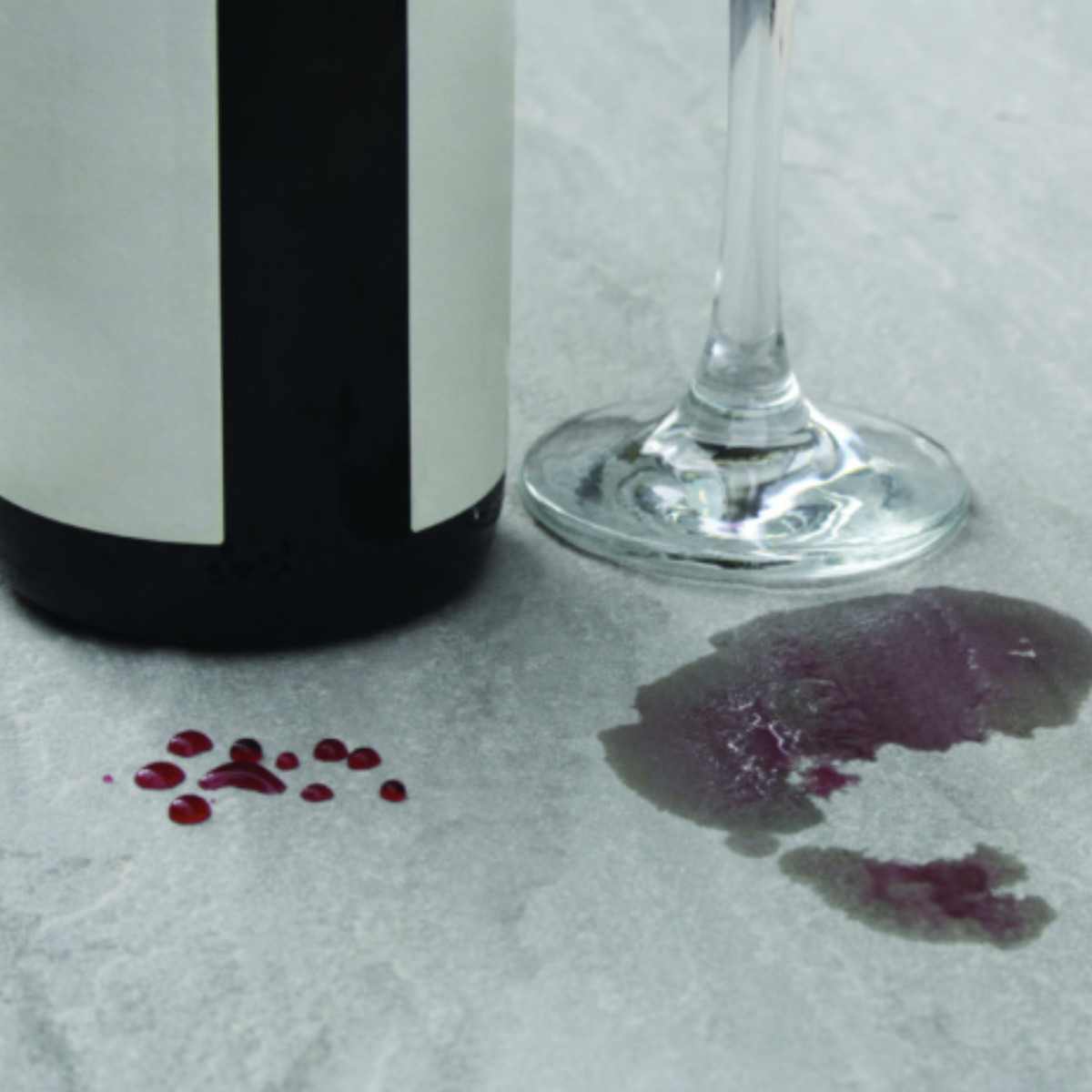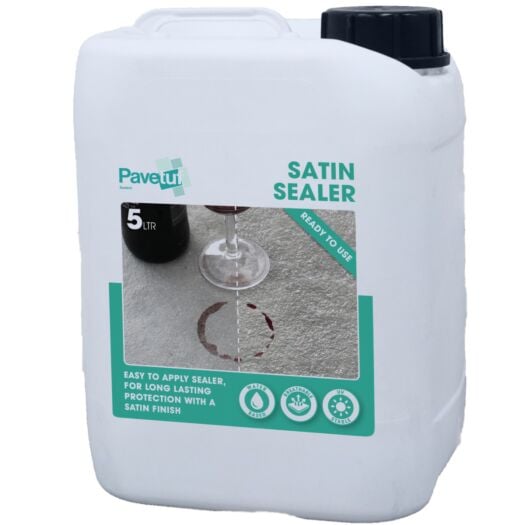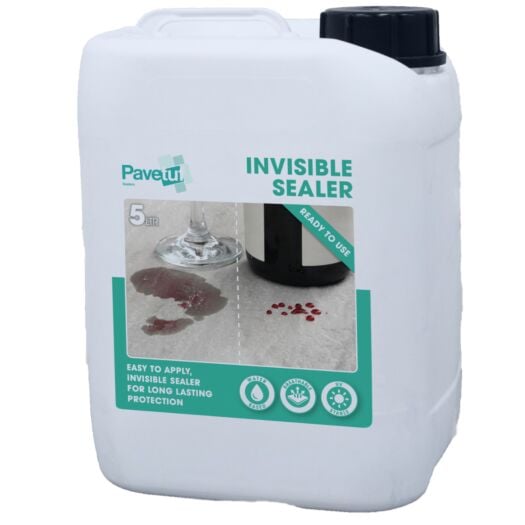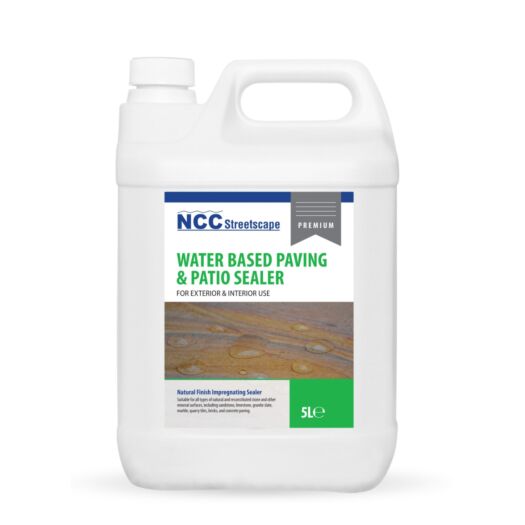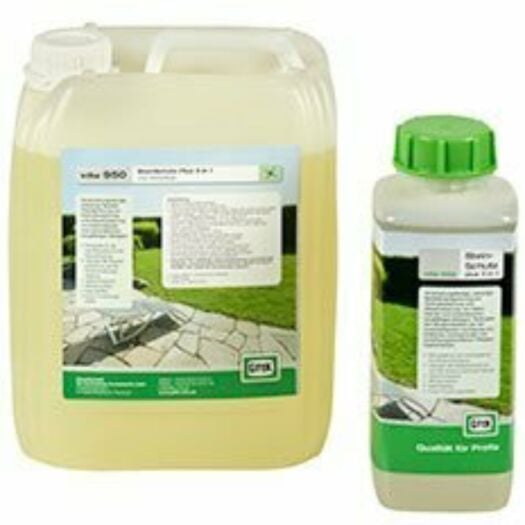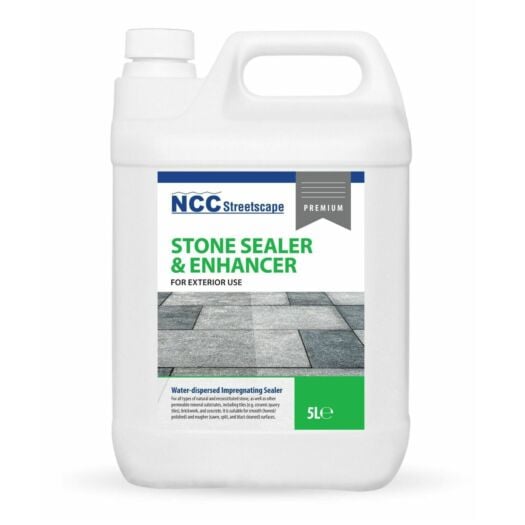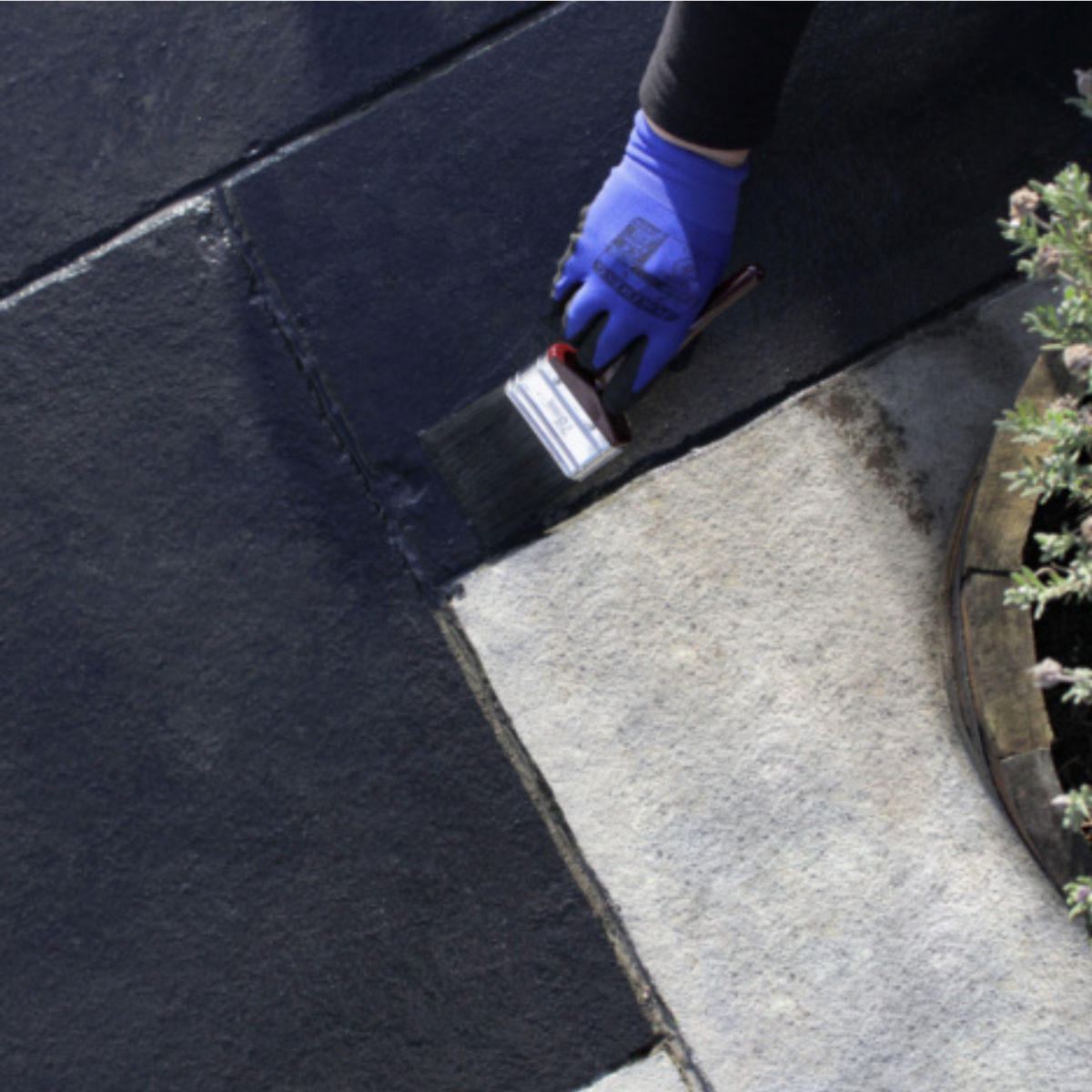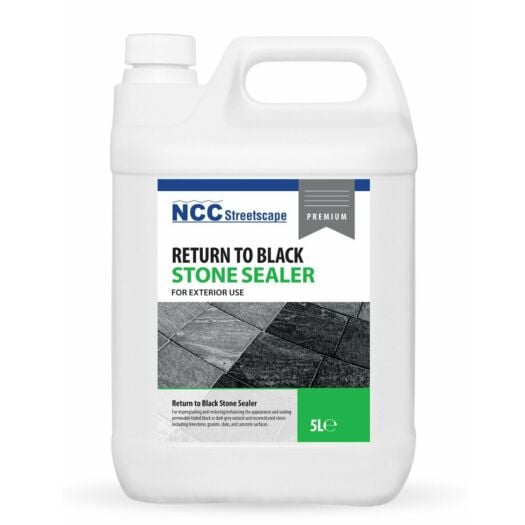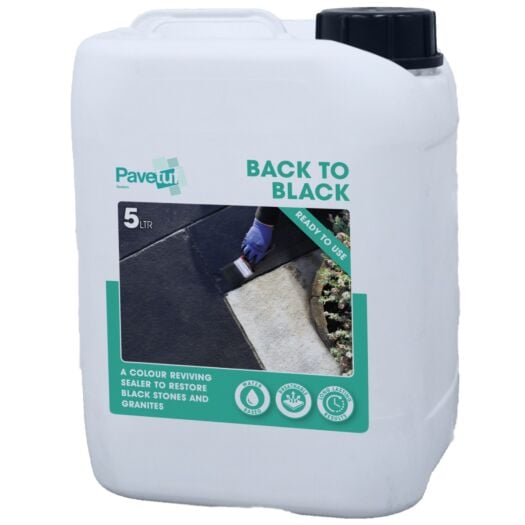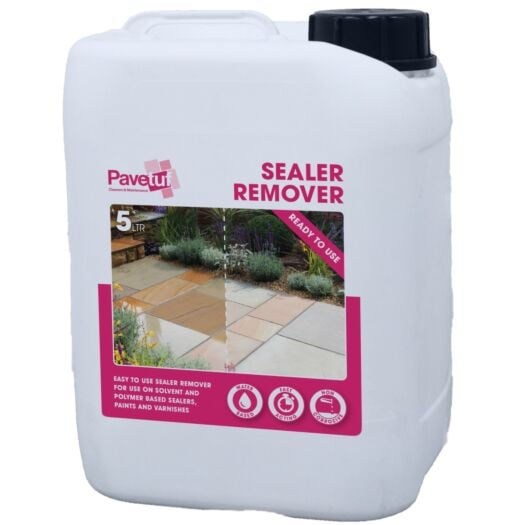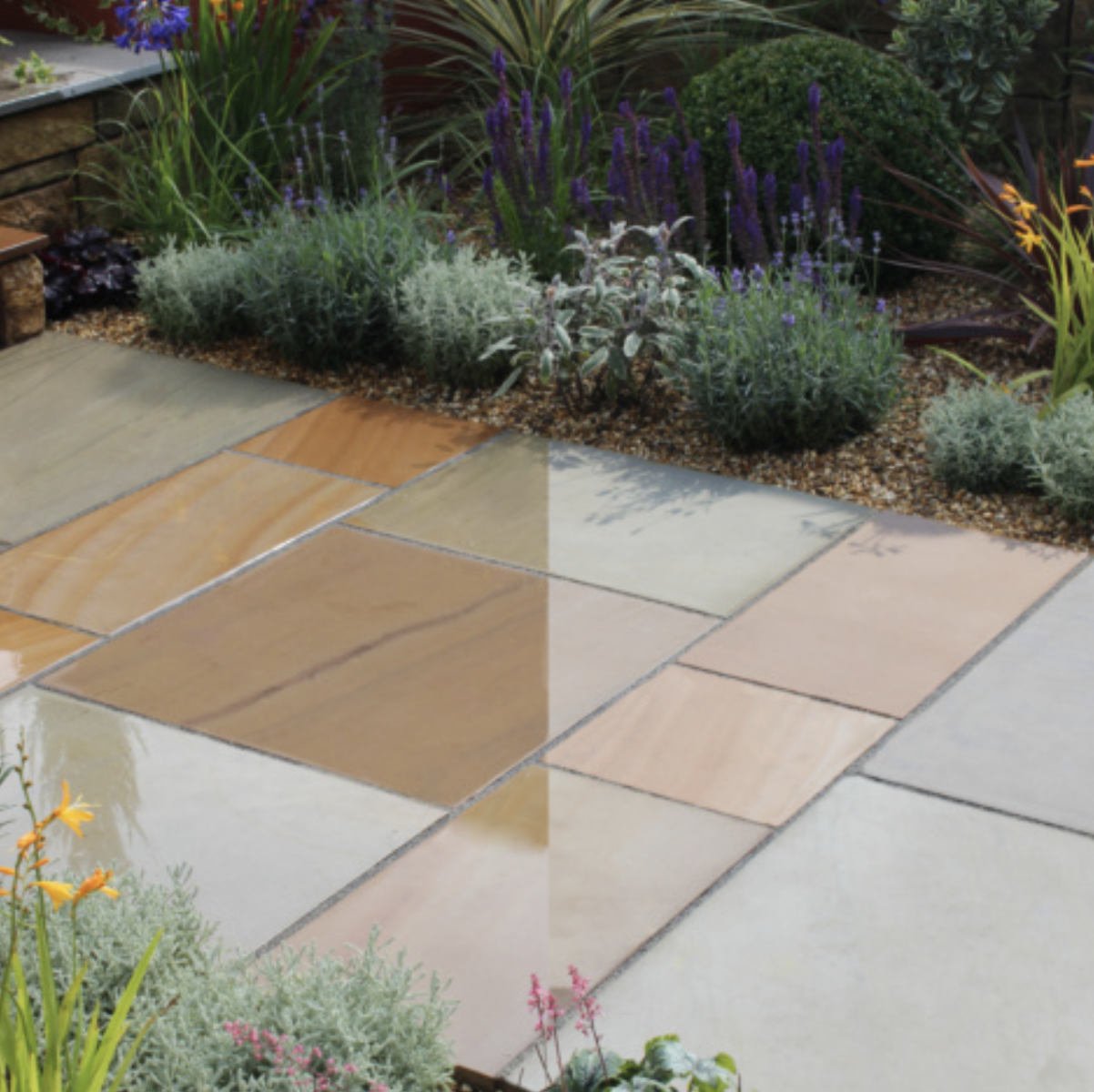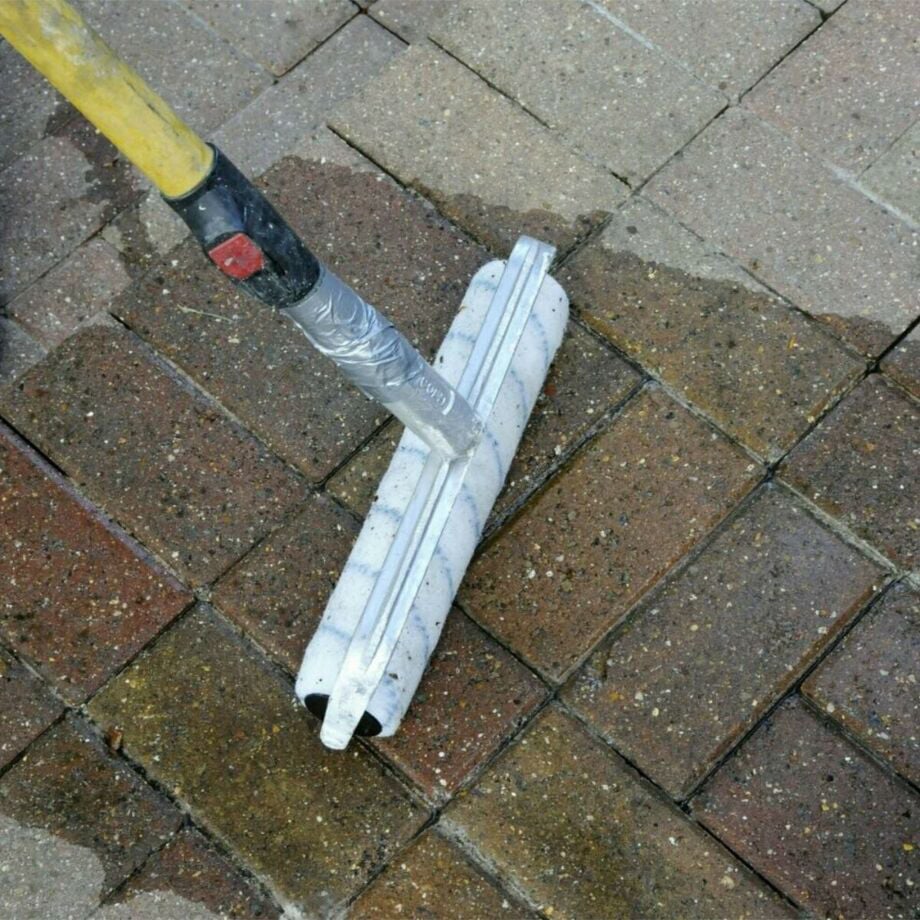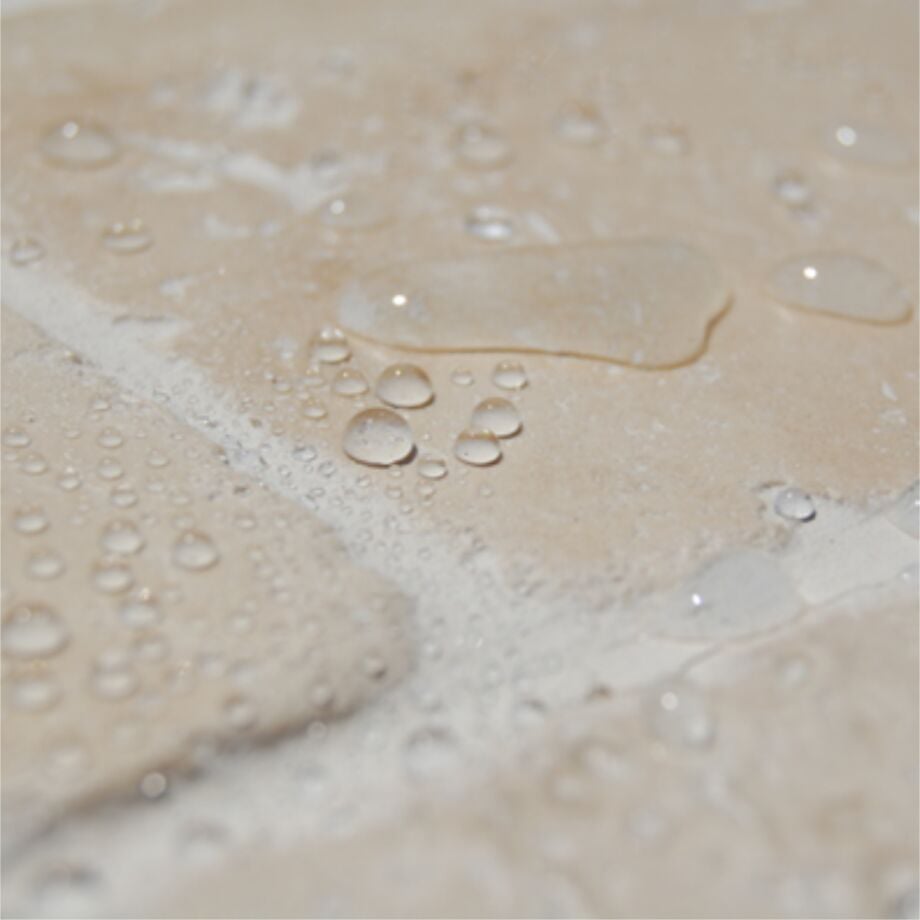
Sealing paving is a crucial step in maintaining the beauty, durability, and longevity of your outdoor surfaces. Whether you have a stunning stone patio, a stylish brick pathway, or an elegant slate driveway, proper sealing can protect these surfaces from the harsh effects of weather, UV rays, stains, and more. In this comprehensive guide, we'll dive into the world of paving sealers, discussing types, techniques, and when to apply them. We'll also explore the benefits of impregnator sealers over polymer-based alternatives and provide step-by-step instructions for using an impregnator sealer effectively.
The Importance of Sealing Paving
Paving surfaces, while sturdy, are vulnerable to various elements such as rain, sunlight, dirt, and chemicals. Over time, these factors can cause fading, staining, and even structural damage. Sealing provides an additional layer of protection that helps prevent these issues, ultimately prolonging the life and appearance of your paved areas whilst alos making it easier to clean and maintain.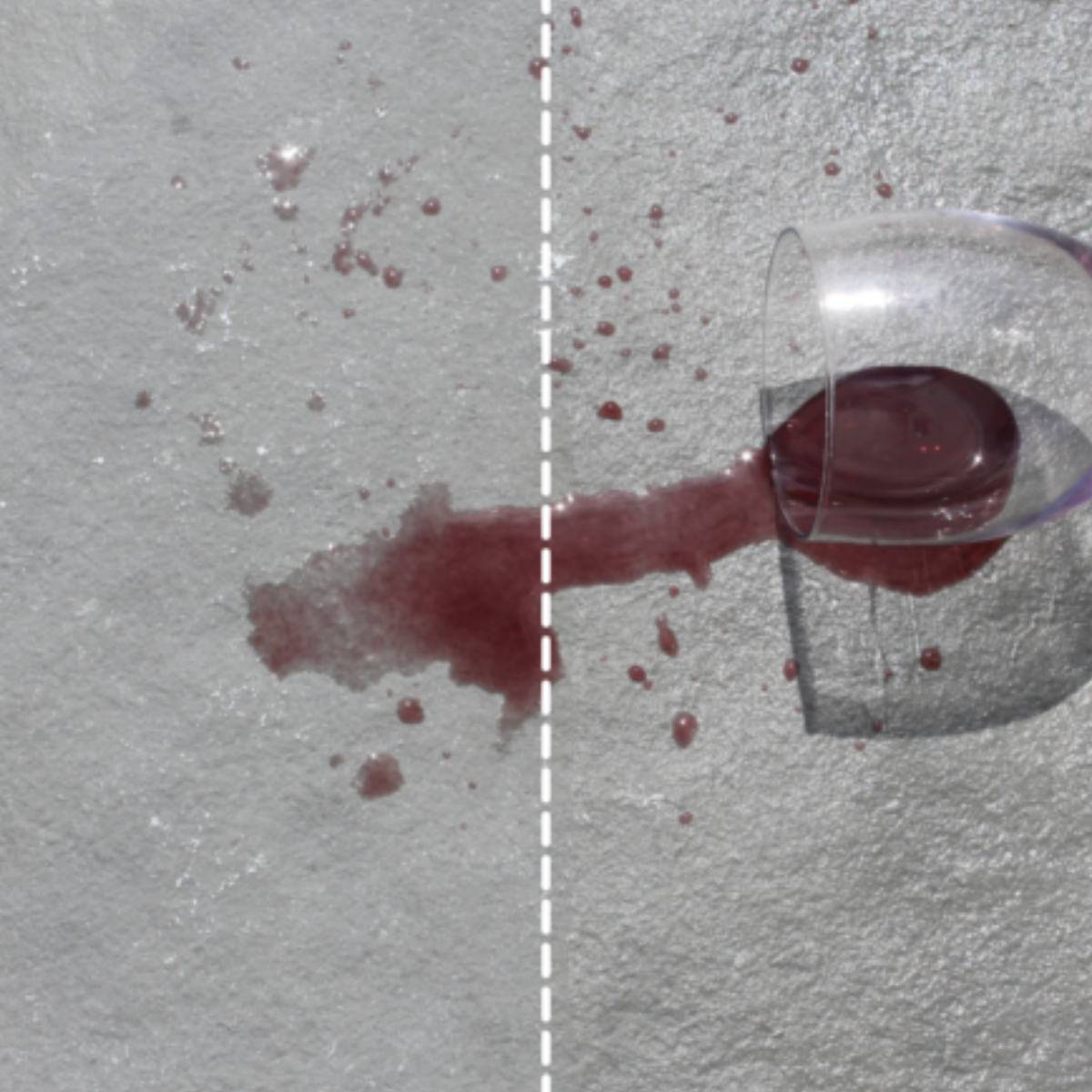
Types of Paving That Benefit from Sealing
While many types of paving can benefit from sealing, it's important to note that not all materials require this additional layer of protection. The decision to seal or not to seal depends on the characteristics of the material and the level of protection you want to achieve. Let's take a closer look at some common paving materials and whether they require sealing:
1. Natural Stone Paving:
- Materials like sandstone, granite, limestone, and slate are popular choices for creating stunning outdoor spaces.
- Sealing is highly recommended for natural stone paving, as it helps prevent water absorption, staining, and fading.
- Colour-enhancing sealers can intensify the natural hues and patterns of the stone, enhancing its visual appeal.
Examples of natural stone paving:
Slate Paving:
-
- Slate offers a unique and textured surface for outdoor spaces.
- Sealing slate paving is recommended to protect it from weathering, staining, and colour fading.
- Colour-enhancing sealers can bring out the rich colours and textures of slate.
Black Limestone Paving:
-
- Black limestone is prized for its elegant appearance and modern aesthetic.
- Sealing black limestone is good option to prevent fading, staining, and potential surface deterioration.
- Colour-enhancing sealers can intensify the deep black colour of the limestone.
Sandstone Paving:
-
- Sandstone is known for its warm tones and natural variations.
- Sealing sandstone paving can help retain its colours, prevent staining, and minimise water absorption.
2. Concrete Paving:
- Concrete pavers are durable and versatile, available in various shapes, colours, and finishes.
- Sealing concrete pavers can protect them from stains, UV rays, and surface deterioration over time.
- Surface sealers can help preserve the colour of decorative concrete, providing an attractive finish.
3. Brick Paving:
- Brick pathways and driveways add a classic touch to outdoor areas.
- Sealing brick pavers helps prevent efflorescence (white powdery residue) and keeps the bricks looking vibrant.
4. Block Paving:
- These pavers are often used for driveways and patios due to their durability and easy installation.
- Sealing interlocking block pavers can enhance their appearance and make them more resistant to stains and wear.
5. Porcelain Paving:
- Porcelain paving has become increasingly popular due to its durability, low maintenance, and wide range of designs.
- Unlike natural stone, porcelain paving is non-porous and does not require sealing. Its inherent resistance to water absorption and staining makes sealing unnecessary, however specialist porcelain sealers do exist as a topical dressing to give the stone a slight water resistant sheen.
Types of Paving Sealers
There are two primary types of paving sealers: traditional surface sealers and newer impregnator sealers. Let's explore each type in detail:
1. Traditional Surface Sealers
Surface sealers, also known as topical sealers, create a protective layer on the surface of the paving material. They can be either water-based or solvent-based and offer a range of finishes, from natural to glossy. These sealers are suitable for various paving materials like concrete, brick, and natural stone. However, they tend to wear off over time, often unevenly, requiring more frequent reapplication.
2. Impregnator Sealers
Impregnator sealers, also referred to as penetrating sealers, work by penetrating the pores of the paving material without forming a visible surface layer. This type of sealer provides excellent protection against water, oil, and stains, while allowing the material to breathe. Impregnator sealers are preferred for their long-lasting effects and low maintenance requirements.
The Superiority of Impregnator Sealers over Polymer-Based SealersImpregnator sealers have gained popularity for several reasons: 1. Longevity: Impregnator sealers penetrate deep into the material, offering long-lasting protection that doesn't wear off quickly. 2. Breathability: These sealers allow the material to breathe, preventing moisture buildup and potential damage. 3. Immediate Use: Impregantor sealers may be used straight after laying the paving whereas with polymer or traditional sealers, it's necessary to wait for around six months after laying the paving during a period of dry weather at a time when there is no moisture content within the stone. With impregnator sealers you can seal while the stone is still clean and new. 4. Natural Look: Impregnator sealers maintain the natural appearance of the material without altering its texture or adding an artificially glossy finish. 5. Low Maintenance: Since they don't form a visible layer, impregnator sealers require minimal maintenance over time.
ConclusionSealing your paving not only enhances its appearance but also safeguards your investment for years to come. By choosing the right type of sealer and following proper application techniques, you can enjoy the benefits of beautiful and durable outdoor surfaces. In conclusion, the world of paving sealers offers a variety of options to suit your preferences and needs. Impregnator sealers, with their durability and natural look, are often the preferred choice over polymer-based alternatives. Whether you're working with slate, limestone, brick, or concrete, following the recommended steps for application will ensure that your paving remains protected and appealing for years to come. |
||||||||||||||||

